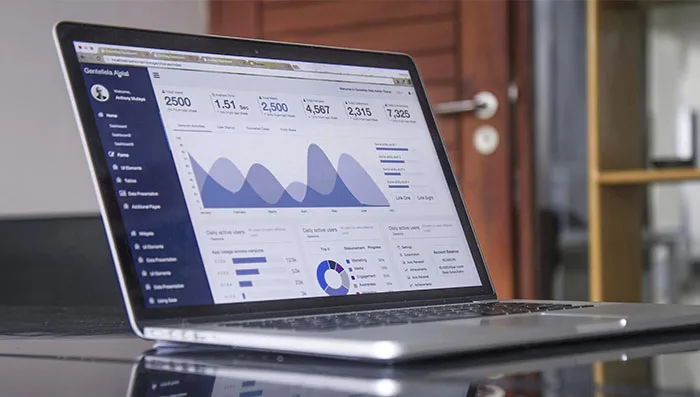Home » Macro Economic Overview » Furniture and home furnishings stores
Furniture and home furnishings stores
Total Sector Spending
Overall spending trends across an industry sector
What's the story behind the data?
Furniture and home furnishings stores continue to exhibit signs of a slow but consistent rebound, driven by seasonal refresh cycles, housing-related triggers, and enduring pandemic-era nesting behaviors. Facteus data reveals strong spending surges in December (+11.7%) and March (+9.1%), in line with common furniture purchase windows—holiday gifting and spring redecorating. These patterns hold even as the broader housing market remains constrained, suggesting resilient discretionary demand for home environments.
Spending by income bracket reveals surprisingly robust engagement from mid-income households ($75K–$125K), with lower-income groups also participating more than expected. This diverges from furniture industry expectations that sales would skew toward higher-income segments amid inflation. Meanwhile, Facteus data shows Boomers as the most dominant generation in this category—spending more than double the next closest cohort. This aligns with external demographic reports noting that Boomers are less rate-sensitive, often downsizing or investing in comfort upgrades regardless of broader macro pressure.
Implications by Audience
FP&A / Strategy Teams
- Budget for strong Q4 and Q1 cycles—Facteus data highlights consistent holiday and spring upticks.
- Reconsider assumptions about income targeting: The $75K–$125K group drives a larger share of volume than top earners, indicating opportunity for mid-tier product lines.
- Watch AOV compression at high-end brands (e.g., Mattress Firm volatility), and adjust forecasting to reflect more selective purchasing behavior.
Marketing and Brand Teams
- Prioritize Boomers for retargeting and brand storytelling—they drive the highest share of wallet, and remain active in-store.
- Emphasize value + comfort messaging to appeal to mid-income shoppers who may be trading down, not out.
- Use AOV leaders like West Elm and Pottery Barn as bundling test beds—these brands show stickier value per transaction even amid market shifts.
Investors
- The category is showing a resilience curve—particularly in March and December—despite affordability headwinds.
- Wayfair continues to hold market share leadership, but West Elm is showing upward AOV momentum.
- Our data suggests a rebound in discretionary furniture spend may be forming earlier than some earnings guidance implies.
Top Brands by Market Share
Leading brands ranked by market share within sector
Trends + Insights
- Total Sector Spending
Sector spending has grown steadily since October, with particularly strong gains in December and March—reflecting common promotional cycles and home redecoration timing. While external forecasts have suggested softness, Facteus data indicates sustained household engagement with the category.
- Sector Spending by Income
Mid-income earners ($75K–$125K) dominate this category, contributing more than both lower and higher brackets. This contrasts with many retailers’ assumptions that high-income buyers drive the majority of furniture sales. Our data suggests continued democratization of home investments.
- Sector Spending by Generation
Boomers lead spending in this category by a wide margin, outpacing Millennials nearly 3-to-1. While some home brands chase Millennial design sensibilities, it’s Boomers who are opening their wallets most often—especially for in-store purchases.
- Top Brands by Market Share
Wayfair maintains a commanding lead in share, but IKEA and Pottery Barn remain strong challengers. The shakeout in Rooms To Go and Mattress Firm shows shifting consumer preference toward hybrid or e-commerce-first retailers.
- Top Brands by AOV
Mattress Firm and West Elm lead in AOV, though Mattress Firm shows month-to-month volatility, hinting at purchase hesitancy or promotional spikes. West Elm’s steady AOV growth supports its premium perception and bundling potential.
Top Brands by AOV
Leading brands ranked by average order value within sector
This macro sector analysis provides detailed insights into economic trends and consumer behavior patterns. The visualizations below are derived from real-world transaction data and economic indicators.
Unlock additional content
Get immediate access to the full data set.
Sector Spending by Income Bracket
Industry sector spending patterns by household income level
Sector Spending by Generation
Industry sector spending patterns by generational cohort
Ready to Get Started?
Discover how to access personalized data and insights in a one-on-one session with our team!




